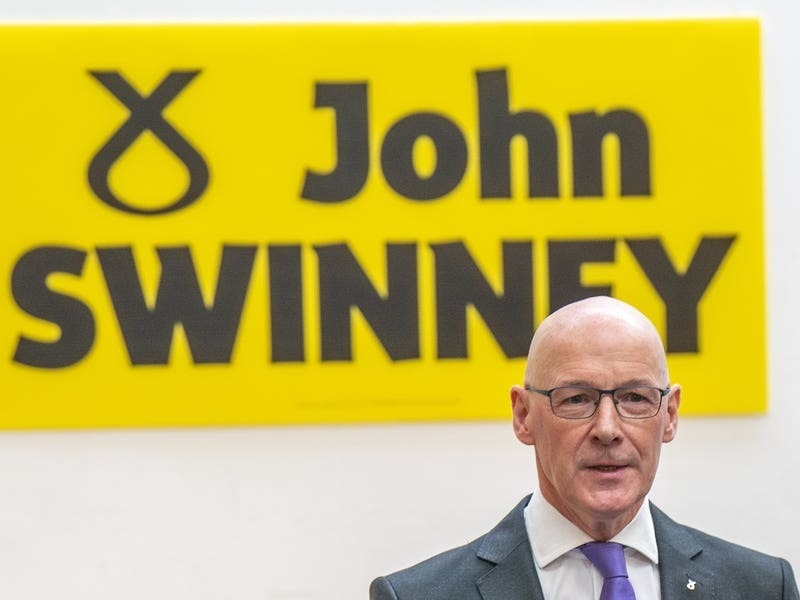WERE the complaints of Woodside Farms’ Charlie Gallichan about the difficulties in sourcing foreign agricultural labour, as reported in Saturday 13 January’s JEP, perhaps somewhat selective?
‘Brexit, which has caused a ten per cent drop in the value of the pound,’ he was reported as saying. Yet majority opinion among economic and financial analysts in late 2015 and early 2016, even before the referendum date had been announced, was that sterling was over-valued generally, and particularly against the euro, so needed to fall. It was surely foreseeable.
Indeed, sterling’s fall in value against the euro between late November 2015 and mid June 2016 – the pre-referendum period when a Remain win was confidently assumed – was almost exactly the same ten per cent as that which Mr Gallichan complains about after the Leave vote. Whether, as a prudent businessman he took steps to hedge a known sterling-euro exchange rate exposure, and if not, why not, therefore becomes a legitimate question.
If Polish workers prefer to go to Germany because ‘the wages are higher,’ that doesn’t sound like a ‘shrinking jobs market’ but one where competition for labour is pushing up its price. Yet Mr Gallichan makes no mention of having tried to retain workers by offering higher pay in order to compete.
All of which prompts wider questions about the medium- to long-term viability of the specific business model on which the Island’s agricultural sector currently appears to be based. From the lay perspective, the legislative framework seems designed to promote a concentration in land ownership, which forms a barrier to new, innovative ideas and entrants, and monocrop production.
Yet the model, apparently dependent on cheap imported labour and relatively low productivity, also generates significant externalities, in the form of lack of diversity and crop rotation, extensive use of herbicides and nitrates which leach into the water catchment, and the visual assault of fields shrouded in plastic, that have an impact upon the entire Island.
Is it time to consider whether the combination of subsidy and externalities exceeds the sector’s income and tax yield, in effect creating a negative contribution to GVA (Gross Value Added)?






